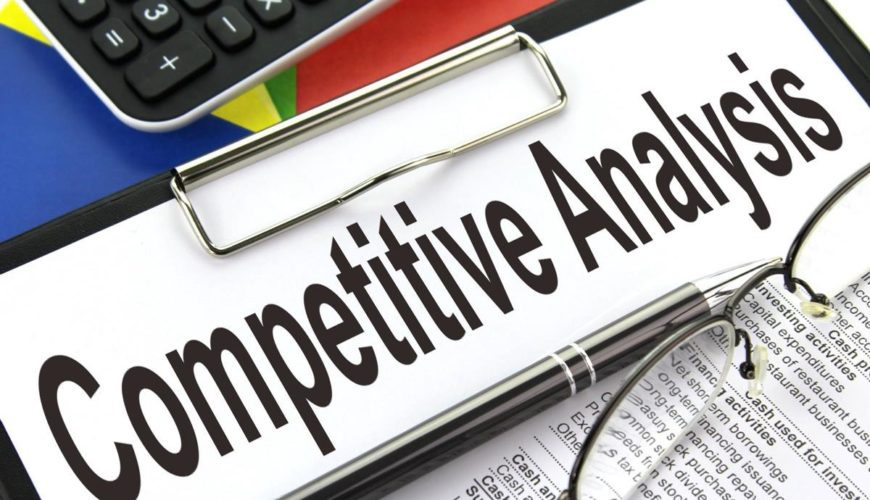Getting Started
The first decision you need to make about competitive research is whether to gather it in-house or go outside and hire a professional firm or consultant.
The benefits of hiring a consultant include that they may have more expertise in intelligence gathering that you do. Conversely, the challenge of hiring an outside consultant is that sometimes it’s difficult getting senior managers to clearly enunciate what they want to know and then listen to the results of the research.
The benefits of conducting the research in-house include that you would understand the business and what competitive factors you want to track. You would also have a constant stream of data in the firm, and managers may listen more to an insider than an outsider. The challenge is that gathering competitive intelligence is a skill and you would either have to develop the talent on your own staff or hire it from somewhere else.
A compromise might be to hire a professional to provide an initial competitive analysis and update it every six or 12 months, while you keep track of competitors on a day-to-day basis in-house. As a business owner your best bet is to do it yourself on an on-going basis by seeing what your competitors are doing, looking at their website, and getting in the habit of keeping those folks on your radar screen. Ideally, this will become an organized thing where you’re on their mailing list, you’re following them on Twitter, and you mystery shop them every six to 12 months.
Creating a Framework
In general, the way to start gathering competitive research is to first set a framework for your competitive assessment. The best way to begin if you’re doing this on your own is to start by opening up a new Excel worksheet and creating the following columns outlining your competitors:
- Name (and location if relevant)
- URL
- Elevator pitch (Brief answer to the question “Who is this company?”)
- Mission (If it exists.)
- Products/services offered (with pricing)
- Strengths (What is the competitor good at?)
- Weaknesses (Where does the competitor fall short?)
- Key brand differentiators (What are the messaging, product/service offerings, etc., that set the competitor apart from their competition?)
As you work through the competitive assessment you may find other aspects of your competition useful to track, but this is a good starting point. You may want to review the economic environment at a macro level. You may also want to look at the economy on a micro level, particularly if your firm competes in a certain geographic area that has a unique set of factors.
Selecting Targets
It’s helpful to think of your competition in terms of options that your customers have — where else they can go to purchase the products and services you hope to sell them. That can include direct competitors (those who sell the same thing you do) and indirect competitors (those who sell other products and services that meet the same need). “For example, Starbucks and Dunkin’ Donuts are direct competitors, while the prepared foods section of the local supermarket could be an indirect competitor to them both — especially if its coffee is good.
Often entrepreneurs claim that they have no competition, but everyone has competition. If your list of competitors seems long (and the prospect of tracking all of your competitors daunting), consider prioritizing your list into a couple of different categories.
Secret Shopping
In addition to researching what your competitors say about themselves, it is equally important to know if and how they deliver on those promises. This information is a bit more challenging to uncover, but it’s still available. Some of the ways to understand how well your competitors deliver on the promise of their brand include:
- Shop them yourself. Whether shopping online or at a retail location, make sure you visit your competition, view their products and pricing, and have the same experience as a customer.
- Have a knowledgeable colleague shop them for you. You can engage mystery shoppers or simply rely on someone else on your staff to shop your competition and report back to you.
- Ask your customers. Customers of yours may be — or may have been – customers of your competition, too. Ask them either in formal or informal interviews where else they would purchase products and services similar to yours, and what they think of their options.
Ongoing Monitoring
Once you have created a comprehensive overview of the competitive landscape, you should update your information on a quarterly basis, tracking:
- Any changes in messaging and overall visual identity
- New products, services and/or pricing
- Short-term or long-term promotions
- New advertising or other outbound communications
- New geographies
- New team members
- Significant sales wins and losses
If you need help with Competitive Research in Cambodia, please contact us: vuthy@mrtsconsulting.com

